Breaking Beta | Is Isometric Finger Testing Reliable? Which Edges are Best?

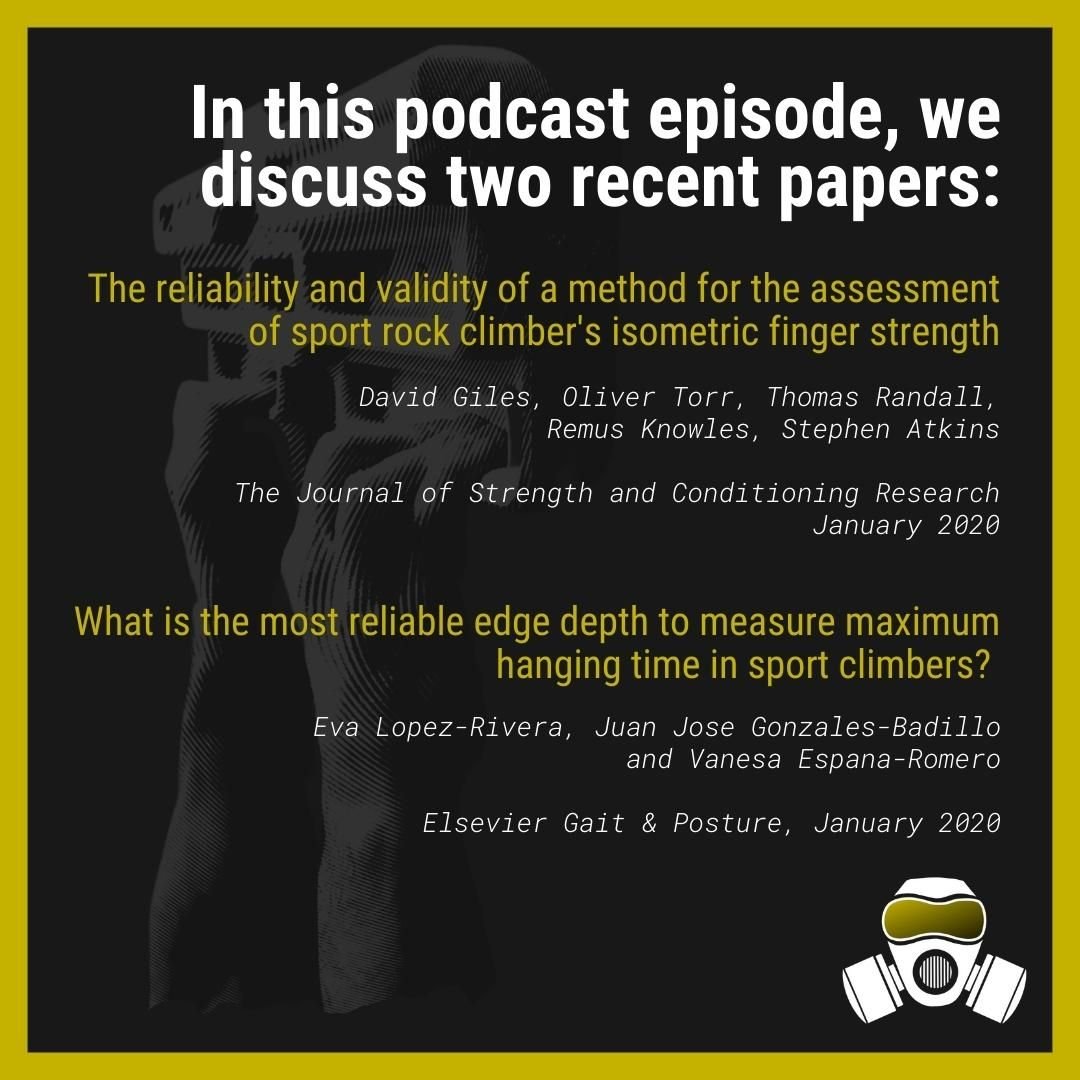
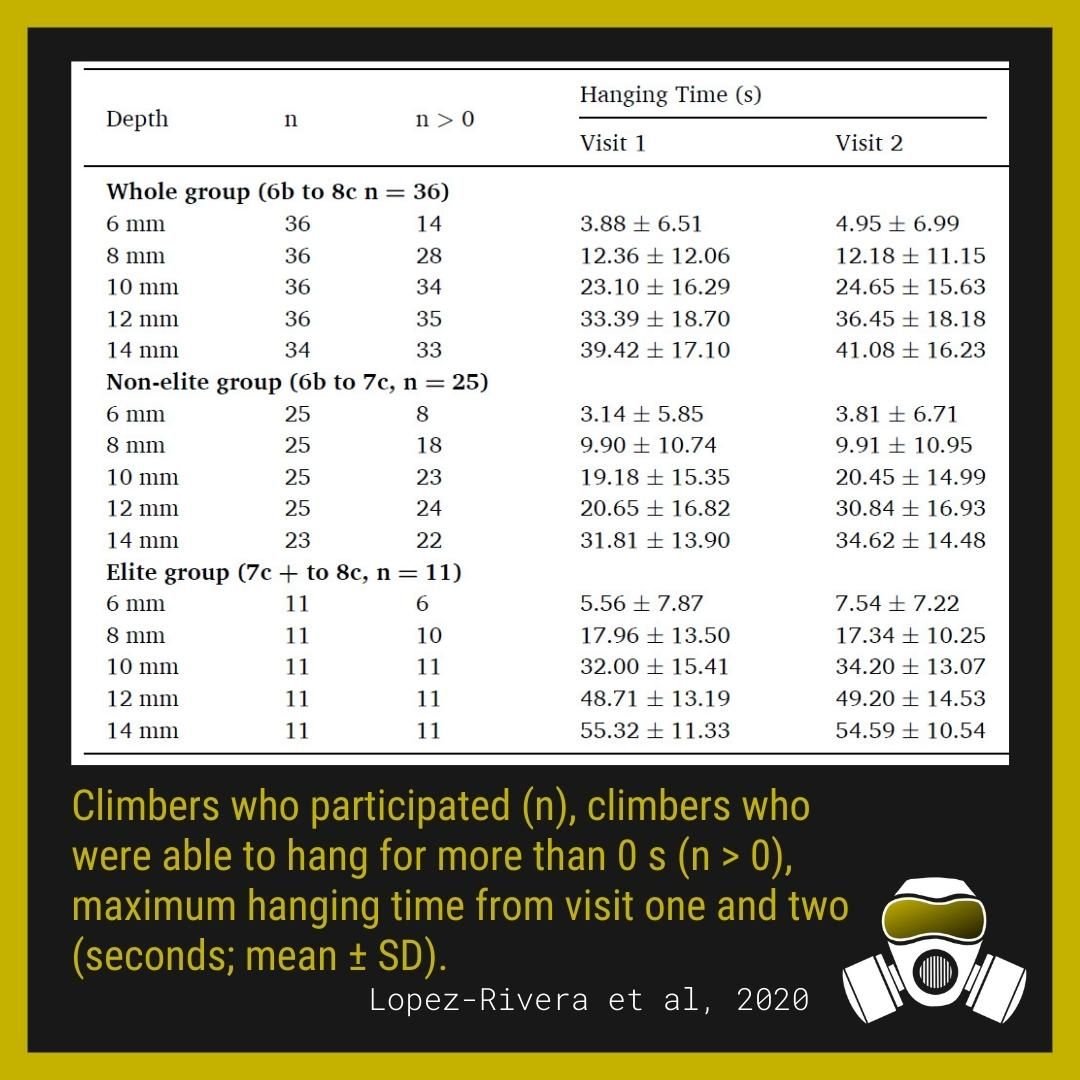
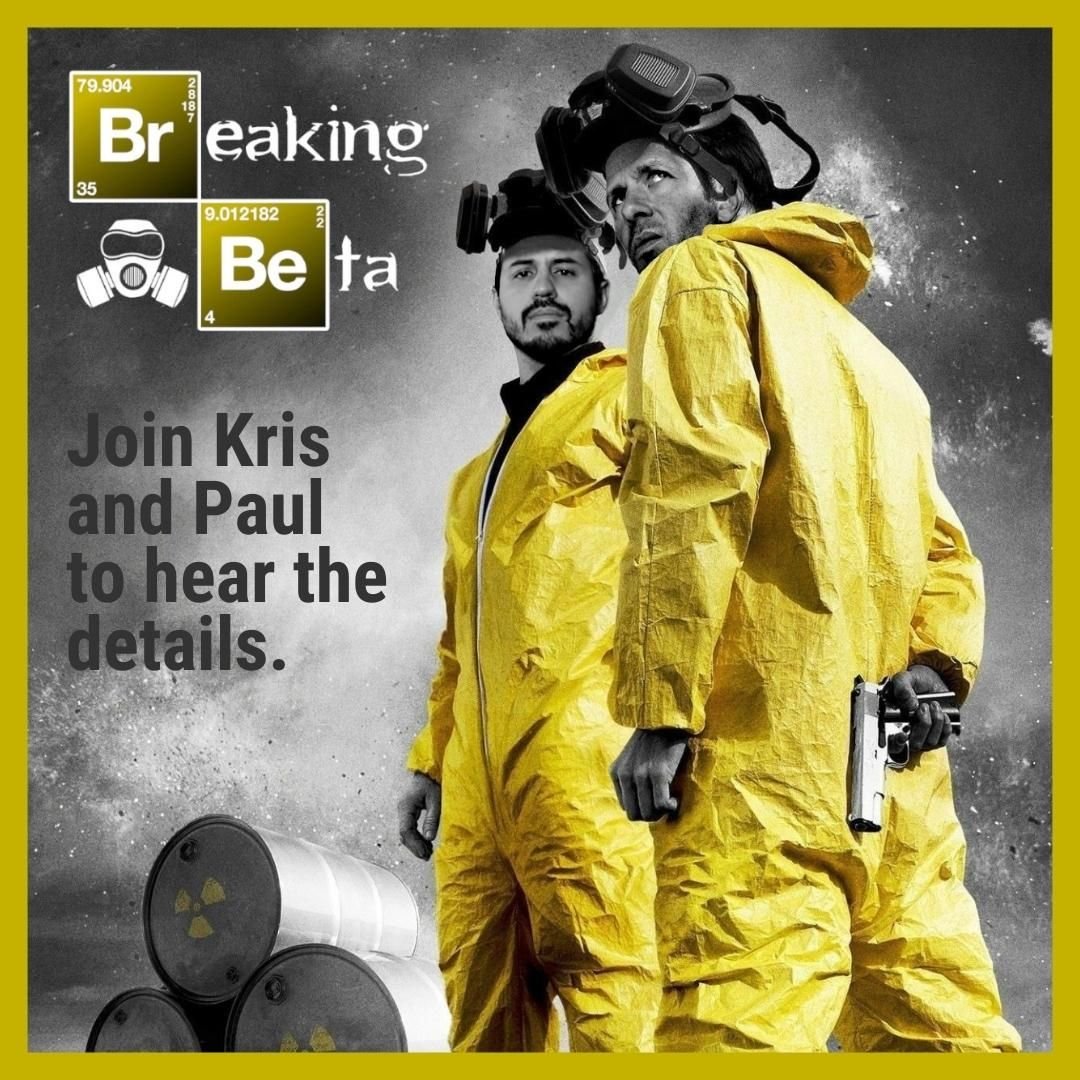

In this episode, the Season 2 premiere, Kris and Paul take a look at two papers that deal with measuring isometric finger strength in climbers:
The reliability and validity of a method for the assessment of sport rock climber’s isometric finger strength
Authored by Dave Giles, Oliver Torr, Thomas Randall, Remus Knowles, and Stephen Atkins; published in The Journal of Strength and Conditioning Research in January, 2020.
&
Which is the most reliable edge depth to measure maximum hanging time in sport climbers?
Authored by Eva López-Rivera, Juan José González-Badillo, and Vanesa España-Romero; published in Gait & Posture in October, 2021.
They’ll attempt to determine whether or not isometric finger strength has been proven reliable in predicting climbing ability, and if how it’s measured affects this reliability.
New episodes of Breaking Beta drop on Wednesdays. Make sure you’re subscribed, leave us a review, and share!
And please, tell all of your friends who claim their $2000 force gauge is the only valid way to measure their finger strength, that you have the perfect podcast for them.
Got a question? Comments? Want to suggest a paper to be discussed? Get in touch and let us know!
Breaking Beta is brought to you by Power Company Climbing and Crux Conditioning, and is a proud member of the Plug Tone Audio Collective. Find full episode transcripts, citations, and more at our website.
FULL EPISODE TRANSCRIPT:
Kris Hampton 00:00
Season 2 of Breaking Beta is brought to you by Gnarly Nutrition. After the episode, use the code BETA15 for 15% off of your next order at gognarly.com or click the link in your show notes to have the code automatically applied. Gnarly Nutrition: Push your possible with science-backed, delicious sports nutrition.
Breaking Bad Audio Clip 00:25
So.... tonight's the night. No turning back. Okay, let's do this.
Okay, so first I assigned point values, correlate the effective removal.
You gonna split the eights?
Skyler, please. Now, the mathematical principle known as the Kelly Criterion, upon which I devised my own strategy not dissimilar to the MIT system.
Walt. You're not teaching them.
I thought you wanted me to be thorough.
Just play. You're taking too long.
What you don't think it behooves me to be able to explain any of this?
It behooves you to be a pro, that's all I'm saying. That's the fiction. So chop, chop,
Don't "chop chop" me.
Kris Hampton 01:13
Tonight is the night or more appropriately, today's the day. Season Two, Episode One. We are probably going to make it more complicated than it needs to be. We're probably going to take longer than we need to. But, you know, science
Breaking Bad Audio Clip 01:30
Yeah, science!
Paul Corsaro 01:32
That's how it goes.
Kris Hampton 01:33
That is how it goes. Today, we're looking at two papers that attempt to clarify some issues around the validity and reliability of simple ways of measuring finger strength and/or endurance. And, and I hesitate to say we're measuring strength and endurance, because I'm not entirely sure that's what we're measuring here. I'm a coach, so I'm going to talk in ways that communicate to people better and I think just saying "strength and endurance" makes more sense to folks. Really, what we're measuring here is how hard can we pull on an edge and how long can we hang on an edge. So whether those actually meet strength and endurance protocols or requirements, we're not sure.
Paul Corsaro 02:24
I mean, I don't know about you, that's all climbing requires really is pulling on an edge and hanging on for a long time.
Kris Hampton 02:30
Haha. That's it, that's it.
Paul Corsaro 02:32
That's all you need.
Kris Hampton 02:32
Just train that and you're you're going to be Alex Megos in no time at all. And maybe, more precisely, these are looking at whether or not these tests can be used to accurately predict climbing ability. And, and I certainly appreciate that about them. You know, it's something that that we've tried to look at in our own business quite a bit. And where we left off in the Better Call Pauls with the IRCRA test battery, it can sometimes look like science is trying to complicate things. <clears throat> Climb-A-Flex.
Paul Corsaro 03:08
Haha
Kris Hampton 03:09
But these papers are trying to make it simpler for the sake of coaches and climbers to be able to measure or predict someone's climbing ability.
Paul Corsaro 03:20
And you know, I joke about that, you know, this is all you need.......but you know, it is an important data point to consider, with everything. So it's not like I think this a wild goose chase or it's that we don't need to look at this stuff. Because it, you know, it can be useful and tracking and making sure you improve.
Kris Hampton 03:37
Yeah, very much so. So the papers we're looking at today, number one, "Reliability and Validity of a Method for the Assessment of Sport Rock Climbers' Isometric Finger Strength". Authors are Dave Giles, Oliver Torr, Tom Randall, Remus Knowles, Stephen Atkins, essentially the Lattice crew there, or at least part of the Lattice crew. It's in the Journal of Strength and Conditioning Research, January 2020. The purpose was one, to determine the test/retest reliability of a maximal isometric finger strength protocol that uses a pulley system to add or remove weight to or from climber's body mass and two, to establish the criterion validity of isometric finger strength with self reported climbing performance for the disciplines of route climbing and bouldering.
Paul Corsaro 04:28
And to just clarify, clarify criterion validity, that's just pretty much "How does this measure reflect to the gold standard of what we're looking at?".
Kris Hampton 04:38
Right. And because this is measuring maximal isometric finger strength, they shortened it to MIFS. I'm just going to be referring to this as the MIFS paper throughout this just so people are recognizing what we're talking about. Second paper, which I'm going to call the "hangtime paper". Title is "Which Is The Most Reliable Edge Depth To Measure Maximum Hanging Time In Sport Climbers?" I do appreciate that she didn't say "What's the most reliable edge depth to measure endurance in sport climbers?" here. It's measuring maximum hanging time. Authors are Eva López-Rivera, Juan José González-Badillo and Vanesa España-Romero, a name we saw last week in the testing battery for the IRCRA. Journal, Elsevier Gait and Posture. And the purpose was to analyze the reliability of the maximum hanging time exercise on different edge depths, 6, 8, 10, 12 and 14 millimeter in non-elite and elite rock climbers.
Paul Corsaro 05:41
And I think it's cool that we're looking at both of these because they are two like pretty different tests. So it's, it'll be cool to compare and contrast.
Kris Hampton 05:49
Yeah, I like that they're both trying to answer a similar question, you know, trying to move this thing forward, but coming at it from slightly different angles. All right, let's do it.
Breaking Bad Audio Clip 06:02
You clearly don't know who you're talking to, so let me clue you in.
Paul Corsaro 06:07
I'm Paul Corsaro
Kris Hampton 06:09
I'm Kris Hampton.
Breaking Bad Audio Clip 06:10
Lucky two guys, but just guys, okay?
Paul Corsaro 06:14
And you're listening to Breaking Beta,
Kris Hampton 06:16
Where we explore and explain the science of climbing
Breaking Bad Audio Clip 06:20
With our skills, you'll earn more than you ever would on your own.
Breaking Bad Audio Clip 06:25
We've got work to do. Are you ready?
Paul Corsaro 06:29
I am. You?
Kris Hampton 06:30
You know, you guys can't see this in the video, but I've got three drinks here.
Paul Corsaro 06:35
Hahaha
Kris Hampton 06:36
I've got coffee. I've got water with Gnarly Hydrate and I've got a protein shake with Gnarly creatine, collagen, and protein in it, because I'm lifting after this. So yeah, I'm, I'm fucking ready,
Paul Corsaro 06:53
I have consumed my Chemex of coffee for the day, so I'm good to go too.
Kris Hampton 06:56
Hahaha. Yeah, this is the bottom of my Chemex right here in this cup. You want to take us through the methods here?
Paul Corsaro 07:05
Sure
Breaking Bad Audio Clip 07:05
In a scenario like this. I don't suppose it is bad form to just flip a coin.
Paul Corsaro 07:11
Cool. So we're gonna dig into the MIFS paper first. So pretty much they wanted to do two things with this paper. They wanted to make sure the MIFS measure, which I'll talk about here in a second, is reliable from test to test, so it means it's going to come out pretty much the same if you take the same person and test them. And then they're also going to make sure that this score correlates well with climbing ability. So for the reliability part of the test, they had 15 climbers. I believe all were male. They tested two times within seven days. They wanted to have a 48 hour rest in between. So what they would do is they would come in, they would do their own warmup, and then go into a standardized warmup, and then perform the test. So the test was hanging from the Lattice rung, so it's a 20 mil edge, hang with an arm overhead and they would have a pulley to take weight off to a point where a climber could hang for five secondd. If they could successfully hang for five seconds, they'd slowly remove the assistance until the climber couldn't hang for five seconds. If they could keep adding weight, they would add weight until they found the heaviest total load the climber could successfully hang for five seconds. So they did that and then they would come in later on after 48 hours of rest, sometime within the week and test it again. And they'd look at those numbers, make sure how they matched up. And then for the second part where they tried to look at that criterion validity, they took 228 subjects who, if I interpret this correctly, did the Lattice assessment. And they did a couple cool things with here where they made sure that people who did the assessment were tested by one of the researchers, so I thought that kept some degree of consistency in there.
Kris Hampton 07:12
Yep
Paul Corsaro 07:13
And so they were able to get that MIFS score from them as well as their self reported climbing grade, and would see how well that score correlated with their climbing performance. And then I think that pretty much covers the broad brush strokes for the methods for the MIFS paper. Anything else you want to add there?
Kris Hampton 09:09
No, I like the simplicity idea behind both of these papers, so I think that lays it out well.
Paul Corsaro 09:18
Cool. And then....cool with that and then we'll go on to the hangtime paper. So for the hangtime paper there were 36 subjects, ten female and twenty-six males. Climbing experience ranged from one to 31 years. Climbing grade, if we go by the IRCRA number, which I thought was cool to see this continuously start to pop up more and more, 13 through 27, which if my research checks out it's 10d to 14b, so a pretty good range of folks here in this test.
Kris Hampton 09:49
Yeah
Paul Corsaro 09:49
So what they would do, you would hang from a straight arm, using a half crimp or open crimp type of grip on an edge shape handhold until you failed. So failure could have been the climber lost contact with any one finger of the hold, so the pinky comes off. I guess that means you automatically fail, Kris.
Kris Hampton 10:06
Hahaha. Always.
Paul Corsaro 10:08
And then another way the test failed is if the climber flexed their arms or hips or extended their shoulders, which they kept this consistent with some of the Eva papers we looked at last last season as well.
Kris Hampton 10:23
So yeah, and maybe it's worth saying that I think the the MIFS paper also was half or open. And failure was, you know, if you changed grips, like if you fell out of the half crimp or you know, your pinkie slipped off, same as the Eva paper. And, in the Lattice MIFS paper, the the protocol that we talked about in the IRCRA test battery, which was not engaging the shoulder or elbow, they got rid of that. They were allowed to slightly engage the shoulder and elbow for their test.
Paul Corsaro 11:06
True, that's a good point there. So for for the hangtime paper, so what they basically did was they were, let's see, one, two, three, four, five edges: six millimeter, eight millimeter, ten millimeter, twelve millimeter and fourteen millimeters. And the climber would hang in whichever grip they preferred, open or half, until failure, like we talked about. They would start with a brief session just to make sure everyone is on the same page with how to hang and everybody was familiar with that snd then they would hang on each edge for failure with a 10 minute rest in between. But on the smaller edges, if you hung for less than 30 seconds, they change that rest to five minutes.
Kris Hampton 11:45
Yeah, I was I was unsure about that change. You know, failure is failure, in my opinion. So I'm not sure why that less rest was given.
Paul Corsaro 11:58
I guess in the means of efficiency. But I think if you want to keep things consistent, I think it would have been interesting to see with everything, ten just straight across the board.
Paul Corsaro 12:05
Yeah, I agree.
Breaking Bad Audio Clip 12:07
Leave that for smarter minds than me. Science is a mystery.
Paul Corsaro 12:12
I love that clip. It's so good.
Kris Hampton 12:15
Hahaha
Paul Corsaro 12:16
But so they took this test twice, similar to the MIFS paper where they get all the measures for those numbers, week apart and with a 48 hours, or 48 hour rest time before they'd come in and run the test again. And again, they just wanted to see how those two tests matched up, how reliable they were, and making sure there weren't any big changes in variance there. So that I think covers the hangtime exercise....er... paper.
Kris Hampton 12:41
Yeah, I think so. Anything in those methods that you thought was particularly surprising or particularly smart?
Paul Corsaro 12:49
Again, I like the 48 hours of rest in between. I'm still, I'm still torn between the choice of grip. It'd be interesting to see look at both, or just make everybody do one. Seems to add a little bit of variability in there. But um, other than that, I think both are pretty pretty well put together. Like it makes sense how things are organized, and you can clearly clearly see what they're trying to look at with all this. How about you?
Kris Hampton 13:17
Yeah, I agree with that, totally. I would like to see that standardized or looked at both. You know, again, we've said this multiple times throughout Season One and now in Season Two, that, you know, it takes a lot of time to do these studies, so you know, when you start, you're essentially doubling the length of the study, of course, it is going to be harder to have the money to do it, have the time to do it, have the subjects willing to do all of that. So, so I get it. I do like a lot that we're using a larger data set here, particularly in the MIFS paper, you know, using the assessment that Lattice has been building. They've they've got 184 males and 44 females in this study, which I think is great. Again, we'd love to see more women but this is a good start, you know, and I and I totally understand it. We've had trouble getting enough women into our assessments to be able to filter for women specifically, so it's definitely a little tougher to get those numbers for whatever reason.
Paul Corsaro 14:25
On that note, it was a little surprising that for the reliability testing on the MIFS paper there were no women.
Kris Hampton 14:30
Yeah, yeah, I agree with that as well. I wish that was, you know ,different.
Paul Corsaro 14:38
Yeah, maybe if someone who's not with Lattice wants to replicate that study, could be cool to change that group up a bit.
Kris Hampton 14:46
Yeah, totally. Totally. And the other thing I want to say about the methods here. Both of these papers are looking for simple and, you know, I think that's that's a thing that coaches need, climbers need. They seem to disagree a little bit on what "simple" means. The MIFS paper says a pulley and a fingerboard. Most gyms are going to have that. The Eva Lopez hangtime paper says, you know, a lot of these other tests have been done with expensive equipment and we want to make it simpler, just the fingerboard for the hangtime. And so I did a poll on my Instagram just to see how many commercial gyms people go to that have a pulley available. Because my commercial gym climbing over the last decade is pretty....my experience is pretty low there. And I don't recall seeing many gyms with a , so I was curious if this actually is a simple and, you know, repeatable way for coaches. And the results I got from my super scientific Instagram poll, were that 185 people said, "Yes. Their gym did have a pulley with the fingerboard". 71 people said, "No, their gym did not have a pulley with the fingerboard." So a majority does have a pulley available, but over a quarter of people didn't. You know, use that how you will.
Kris Hampton 15:30
We have a pulley option at Crux, but man, we haven't set that thing up in probably three years.
Kris Hampton 16:39
Yeah, I have one in my own gym, in the Machine Shop, but I don't know that many people use it. It would be interesting to see, you know, I was just looking at people. All 71 of those people who said no could have gone to the same gym. I don't have any idea, so it would be interesting to see how many gyms actually do have a pulley and whether this is a setup that every coach can actually look at.
Paul Corsaro 17:07
And you know, in contrast, looking at the hangtime paper, you know, hanging on an edge for as long as you can, no added weight, that's pretty simple.
Kris Hampton 17:15
It's pretty damn simple. Yeah. Let's take a break. And we'll come back and look at the results of these papers
Breaking Bad Audio Clip 17:21
Please. Alright, I really need a break here, okay
Kris Hampton 17:27
Let's be honest for a second. I'm not getting any younger, or less stubborn. And as I approach my 50s, with no plans to shelve my desire to continue climbing harder, I have to put a premium on products that are trustworthy, high value and easy to implement. With careful use of Gnarly creatine, collagen and protein, I can get in more quality workouts with more power and that means more and harder climbs. Win, win, win.
Breaking Bad Audio Clip 17:56
Look it up, it's science
Kris Hampton 17:58
Use code BETA15, that's B, E, T, A, one, five for 15% off of your next order at gognarly.com or click the link in the show notes to have the code automatically applied. Gnarly Nutrition: Push your possible with science-backed, delicious sports nutrition science.
Breaking Bad Audio Clip 18:22
For Christ's sake, okay.
Kris Hampton 18:23
All right, we have returned from our break. And we're going to get into the results of these two studies looking at ways to to separate or to differentiate between grades of climbers, using simple methods that most of us have available,
Breaking Bad Audio Clip 18:45
Whatever you think is supposed to happen, I'm telling you the exact reverse opposite of that is going to happen.
Kris Hampton 18:52
So Paul, and since we're looking at two different papers here, maybe we kind of take the overall results. Both papers look solid to me. Both of the studies say, "Yes, these are really pretty reliable, pretty valid ways to differentiate between climbers or to predict climbing ability, using really simple methods." And I like that they're both attempting to answer this similar line of questioning from different angles, so I think it moves us forward on this logical path.
Paul Corsaro 19:29
I think so. It shows that you know, if you're going to use these methods, like odds are you're not going to be dealing.... any changes you see after a training program, either you know, improvement or or decrease in in, in performance, it's probably not due to just the variability of the measurement. Like it could be pretty reflective of you know what trajectory you're going in. So yeah, I thought it was pretty good to prove what they're looking for, for the most part.
Kris Hampton 19:54
You know, this...it...reading these papers reminded me of some things I've seen on social media lately. There's, you know, there's quite a bit of talk of.....it really varies...it's like this split field of "Measure everything!", or "We don't need predictors or standards or whatever". But definitely the people saying, "We don't need these predictors" or "We don't need these standards. We don't need these measurements." are the ones who haven't taken the initiative to gather this data and look at it, what it's telling us over the years. And the people saying, "You have to have these measurements. You have to do all this", you know, test all the time, are the people who built their businesses on these tests, you know. So take take all of that, that you see on social media with a grain of salt, I think is what I'm saying.
Paul Corsaro 20:47
You mean the answer is somewhere in the middle? It's never just all on one side?
Kris Hampton 20:50
Haha. The gray area that is completely invisible on social media is where the truth lies.
Paul Corsaro 20:57
Haha yes.
Kris Hampton 20:58
I think both of these papers, though, have some caveats that we need to keep in mind for them to be useful to us. Like I already mentioned, they seem to disagree on what is simple and what equipment most gyms have in place. So, you know, if you don't have a pulley setup available, then the MIFS method of measuring isn't going to work for you.
Paul Corsaro 21:25
And another thing in the MIFS paper, and they actually mentioned it, is that the single arm gang may not be appropriate for folks who are you know, lower grade or less experienced with climbing or people who just aren't familiar with single arm hangs.
Kris Hampton 21:38
Right
Paul Corsaro 21:38
So you know, that does take out a subset of climbers who, you know, this might not be the best test for and they mentioned that in the paper.
Kris Hampton 21:46
Yeah, I also think, you know, just based on my own experience with single arm hangs, and my own experience with clients doing single arm hangs, I think calling it a a maximal finger strength test can be a little misleading, simply because you have to get the shoulder really involved in this, this measurement. So while it may be a really reliable, really valid measure of how much force can we one arm hang an edge with, it may not actually be telling us maximal finger strength. There's certainly some shoulder in there as well and if you have super strong fingers and a weak shoulder, you're probably going to test lower than what your finger strength actually is in this measurement.
Paul Corsaro 22:42
For sure, yeah, so some nomenclature changes, or just being aware of that is important, especially when you take these.... interpret your results and you see this, like, "Oh, I have mega weak fingers."
Kris Hampton 22:52
Right
Paul Corsaro 22:52
And you know, maybe there's some stuff that needs to be addressed elsewhere, other than just the fingers, before you slam your head into the wall and do nothing but single arm hangs three days a week for two months,
Kris Hampton 23:02
Right. I do think it would be an interesting measurement to have in there, simply for the you know, if you're doing a two armed measurement that shows your, your hang is great, you can hang with all this heavy weight, but then you do a single arm measurement that shows that your fingers are weak, then maybe we can dial it down and say, "Oh, there must be a, you know, isolated shoulder issue happening here." We can guess that. So so I do think it could be really useful to have.
Paul Corsaro 23:35
Man, it also would be interesting, you know, we're kind of going off the realm of the paper, but it would also be interesting looking at, you know...because we're looking at like a yielding isometric in this case, where we're just hanging from the edge. Whereas, you know, I think, you know, they mentioned in the intro of the paper where they talk about these measuring devices where you actually do the overcoming isometric and pull and mentioned that they are kind of expensive and complicated and I think we've taken some pretty big strides on that front, or just realized how to use a crane scale a little more efficiently.
Paul Corsaro 24:02
And could be interesting to compare and contrast that too. You know, maybe that's going to reflect on our single arm edge strength......yeah, single arm edge strength a little more, or at least a little differently than a hang.
Kris Hampton 24:02
Right
Kris Hampton 24:15
Yeah. And they mentioned in the paper that, you know, one of the next steps would be to see if if the two are similar, measuring with a crane scale or strain gauge or force plate versus this sort of measurement to see if the two agree with each other. And I'm actually really surprised, maybe it's out there...I haven't seen it. I'm really surprised that that paper hasn't happened yet, because it's a question that I hear pretty often. How does your Tindeq or your crane scale or your G-Strength or whatever it is that you're using, how does that agree with when you're just hanging on an edge with weight? So and I'm curious about that myself.
Paul Corsaro 24:58
And I know there's papers out there with like, just general strength exercises, and that being pretty valid and reliable, but you know, it's a little different when you're pulling on an edge with your fingers. So that that's a, that'd be a cool paper to see. I agree.
Kris Hampton 25:11
Yeah, totally. I think the hangtime paper sort of raises its own red flags. You know, if we only look at the abstract of the paper, which I definitely do not recommend only looking at the abstract, they say the eight millimeter edge is the recommended edge for testing hangtime
Paul Corsaro 25:32
And your eyebrows raise when you look at that for a second. You're like, "Really?"
Kris Hampton 25:35
I know, I, when I first saw that, I was like, "Wow, that's a small edge for hangtime". And of course, my brain, when I first looked at it was saying, "How can you measure endurance?" Because I, like most people are going to equate hang time with endurance and you know, how can you measure endurance on an eight millimeter edge when I'm sure there are people who can't even hang the eight millimeter edge. But, again, this paper is not saying, "This is endurance". It's just taking hangtime. And that eight millimeter edge, I think only 72% of the non-elite climbers in the group were able to hang it at all. So for me, that becomes an issue and they do alternatively, suggest 10 millimeter for non-elite and 12 millimeter for elite.
Paul Corsaro 26:25
Makes you squint your brain a little bit.
Kris Hampton 26:27
Haha. Also raised my eyebrows like, like, "Why is the bigger edge better for elite climbers?"
Paul Corsaro 26:35
There are some interesting thoughts on that in the paper. I don't know if you're about to jump into that. But
Kris Hampton 26:41
Yeah, definitely. When you dig into the discussion in that paper, they mentioned that one notable finding is that elite climber showed a good agreement between trials ib all of the holds, which they theorize is related to the lower variability of performance in those elite climbers, which totally makes sense. You're you're going to bring to the testing your mental fortitude, you know, your.... all of your skills are going to be more reliable when you're an elite performer versus a non-elite performer. I mean, that's, that's part of what makes performance elite is that you don't often make mistakes. There aren't big holes in your in your game. That could just be giving us a this is a better test for elite climbers.
Paul Corsaro 27:35
Yeah, and a lot of that was, you know, they hypothesize that, you know, dealing with fatigue is different between those groups too. Some people are more resistant and things don't break down as easy. And you know, especially when you I know we're, I'm taking this back around to endurance now, but you go into higher level sport climbers, it's not that those climbers aren't pumped, they just climb better when they're pumped and the wheels don't fall off.
Kris Hampton 27:56
Exactly. They also mentioned that in some other research, when looking at submaximal effort tests, and linking those to longer times, what we might call endurance, you know, that that shows a higher very variability than maximal shorter tests, especially in lower level athletes. So if we're not trying to look at endurance, which this paper is not, even though we might see it that way, using the eight and ten millimeter, are a more maximal shorter test for those non elite climbers. So it gives us a more reliable measure, as opposed to when we go up in size and link that to longer times, submaximal effort/longer times are going to give us more variability in the performance. So so it makes total sense, once you actually dig into the paper, rather than just looking at the abstract.
Paul Corsaro 28:57
And just looking at the numbers too. If you're hanging for a shorter time, that's going to be much less miserable of a test than like hanging out for like 90 seconds on an edge to fail. Like, I don't want to do that. Like uh uh.
Kris Hampton 29:08
No. Hell no. Not not very often anyway. And, you know, that takes us back to that, that mental game, the fatigue management, the ability to withstand the discomfort of hanging on an edge for that long. I know for sure when I go and do our testing battery, that when I'm doing the endurance measurements, or you know what we think of as endurance measurements, the like, longer submaximal effort longer times, my brain really comes into play, like "Just fucking let go. Now's the time to let go. You don't need to continue this. What do you have to prove?"
Paul Corsaro 29:50
Yeah like the two mini-Krises on each shoulder?
Kris Hampton 29:52
Hahaha. Yeah, man. It's horrible. I hate it. And that's a skill I used to really love, you know, being a Red River climber, being this endurance climber. But now it's really hard for me to push through that. So it totally makes sense why, for the non-elite climbers, you would actually want a smaller edge and less time on the edge.
Paul Corsaro 30:14
Yeah, for sure.
Kris Hampton 30:15
I think that's pretty cool. And something I never would have thought of had we not looked at this paper.
Paul Corsaro 30:20
Yeah, it was the....yeah, again, it just kind of made you like, stop and pause for a second. But the more I thought about it, I was like, "Okay, yeah, this does kind of check out within, you know, my pathways of how I think about things." So, it's pretty cool.
Kris Hampton 30:32
Yeah. Anything else from these papers, you know, that you kind of took away from their results and their discussions?
Paul Corsaro 30:41
Well, I'm bummed I didn't find out the best way and the only way to measure finger strength. That's what I really wanted out of this is what's the only way, what's the best way. Yeah, no, I think, you know, they both show like this, could these could be good ways to measure and track some progress on some aspects of climbing.
Kris Hampton 31:00
Yeah, you know, I think essentially, you know, having paid attention to what Lattice is doing with their data, and, you know, modeling a little of what we do off of what they have done. This, this paper, the MIFS paper anyways, is essentially taking what they've done in their assessment and, and looking at it in terms of "Is it reliable?","Is it valid?", "Can we actually predict climbing ability with this?", and I mean, shit, it having a paper based on your methods is pretty fucking good business, as far as I'm concerned, you know.
Paul Corsaro 31:41
It was cool to see them go back and you know, check your work and make sure things check out and I'm sure you know, I'm sure they got the results they were hoping for, which is, you know, that's always nice to have when you build something and, you know, go back and check it. So it was good on doing their due diligence, I'd say.
Breaking Bad Audio Clip 31:54
The point is, we did our due diligence.
Kris Hampton 31:57
Yep, yep. Some things this paper doesn't say? You already mentioned one. It doesn't give us the best way to measure finger strength. What else? Are there, are there other things you think this is saying? One big one for me is that these methods aren't necessarily better or worse than the strain gauges, the force plates, the crane scales. It just hasn't been compared yet, so, so we don't really know. And this paper is not saying these two methods are the better ways.
Paul Corsaro 32:31
Yeah. I agree with you completely on that. They're pretty self contained, and just looking at their individual individual methods. But yeah, it's not making any kind of ranking between all the different methods we have to test finger strength.
Kris Hampton 32:45
Yeah, and you know, I'm a, I'm a fan of the simpler methods. This is something that we talked a lot about when we were coming up with our own test battery. What equipment are people going to have? Are they going to be able to do this test whether they're at home or in whatever commercial gym they go to? Or if they don't have any of that, if they're, you know, tucked away in the corner of nowhere in Nebraska, how can we....
Paul Corsaro 33:09
How can we still get numbers we can use?
Kris Hampton 33:11
Exactly. So you know, I prefer these methods over the more complicated, maybe more precise, strain gauges and force plates. But this study isn't saying these are better. So if if something does arise that says, "Wow, strain gauges are 1,000 times better than these methods", I would likely switch over.
Paul Corsaro 33:34
Agree. Yeah, I'm right there with you.
Kris Hampton 33:37
Now, another thing it doesn't say is that you need to, and this is a this is just a gripe of mine... I love bringing my own gripes into this podcast haha, you know, science, of course. It doesn't say that you have to consistently be measuring in order to improve. We want to take it.... we want to take science and say all of the science is telling us how to improve and it's definitely a catchphrase to say, "What gets measured gets managed". However, that's not entirely true. You can measure shit without managing it, absolutely. I've seen lots of people do it.
Kris Hampton 34:16
And I think climbing already has a measurement system that shows your improvement of your performance, improvement or decrease in performance, much better than either of these, these tests, which is "Are you climbing harder things?" You know, it's not a perfect measurement, not by any means. It's extremely imperfect. But it's the best measure of performance that we have.
Paul Corsaro 34:16
Haha
Paul Corsaro 34:44
Yeah, I agree with that. For sure.
Kris Hampton 34:47
So, I we have we have tests. We have measurements. We we sell a battery of tests with you know, results that Dale creates for people or you know, runs the numbers and just gives people these graphs. And we use the data in our everyday coaching. But I don't think it's necessary in order to improve, so I think I think we have to remember that.
Paul Corsaro 35:14
Yeah, they're supportive and helpful and can maybe make things a bit quicker and more effective, but they're not required.
Kris Hampton 35:21
Yeah. For coaches, for the sake of moving this all forward, I love both of these papers. I think the, the simplicity is great, the the just trying to make sure that what we're doing is reliable and valid, gives us the confidence to keep moving forward with whatever measures we're using in the same sort of methods.
Paul Corsaro 35:45
I'd like to hear from if there are any coaches out there who are using methods based off of the hangtime paper, because honestly, this one was pretty new for me, kind of these, the smaller edge hangs to failure. I know we use what a 20 mil on ours? So that's, you know, a little bit larger.
Kris Hampton 36:03
Yeah, we use a 20 mil. Hang to failure. And, and we've seen good correlations, so we've kept it. And, you know, like we've talked about a bit in this paper, it or in both of these papers, we initially went into this saying, "How can we measure strength? How can we measure endurance?". And it was after many conversations over many months, that we sort of came to the conclusion that we don't know if this is measuring endurance, you know. Certainly it's not, if some of the people are only hanging for five, six seconds. It's no longer measuring endurance, it's just measuring how long can you hang on this 20 millimeter edge. So I do think our 20 millimeter version works well, because we've seen a good correlation. But I do think it would be interesting to have that hang time on a much smaller edge and see if it correlates better for those non-elite climbers.
Paul Corsaro 37:05
We might have to do an informal exploration at Crux with some of this stuff. I'm not going to call it a study because it's not and people do that sometimes, but we're going to look at it.
Kris Hampton 37:13
Yes, I actually actually had a conversation on Instagram the other day. Somebody... I criticized the title of a paper that I was reading, and and somebody said, "Well, you know, you guys are always titling things in a, you know, inflammatory way." And I'm like, "I'm not a researcher, man. I'm not writing scientific studies" and he's like, "Well, I hope you research" and I'm like, "Look, I READ lots of papers. I read lots of things. I am not a researcher. None of us are researchers or scientists." You know, so there is a difference there and I think that, that gets blurred by a lot of the social media that I see.
Paul Corsaro 37:59
I can't imagine you being inflammatory at all.
Kris Hampton 38:04
Click bait, man.
Paul Corsaro 38:05
Haha
Kris Hampton 38:05
We got to we got to get people clicking on titles, so I have to say some shit sometimes, you know haha
Paul Corsaro 38:10
Oh, yeah. Oh, yeah.
Kris Hampton 38:13
I think we've talked a little bit about the application of this and how we would use it going forward. Is there anything else that you think you would take away from this? Would you prefer to see in our measurements that we get, a one armed hang? Would we throw out what we already do with the weighted two arm hang? What's your thought there?
Paul Corsaro 38:39
I think if I had to go with what came out of these paper, I would be more intrigued in the hangtime approach with the smaller edge. I just think I just think it'd be a bit simpler to apply.
Kris Hampton 38:50
Yeah, I think so too.
Paul Corsaro 38:52
And especially when we're given these out remote like, you will be able to write a lot shorter description on how to correctly do the hang time test than the one arm hang test.
Kris Hampton 39:01
Yeah, I think most climbers have have it available. The one trick I think is the edge sizes. You know, again,
Paul Corsaro 39:10
Yeah, that's gonna
Kris Hampton 39:11
Lots of folks don't, lots of folks might not have an eight millimeter edge available. And you know, two millimeters is not a very
Paul Corsaro 39:19
20% of 10 millimeters right there. That's a...yeah, that's gonna change it.
Kris Hampton 39:23
Yeah. So. So are we okay just going... just saying "small edge"? You know, I think it's tough. We chose 20 for ours because it seemed to be one of the most universal edges that you can find out there. Campus rungs are often around 20 millimeters. Most hangboard have something that's between 18 and 20. So, you know, I, I have a hard time with either of them being the simplest method and that's not what they're trying to find either. They weren't finding the simplest method.
Paul Corsaro 39:58
Yeah, so
Kris Hampton 40:00
Anything else from these papers? I think for me, it was a... I debated whether this was the first group of papers to look at because we were coming right off that, you know, the IRCRA testing batteries. Do we need to talk more about testing? But I, again, I've said this twice, I think but I really appreciate that this is looking more at how can we make it simple for coaches and climbers to say, "I need to improve these things or not."
Paul Corsaro 40:29
Yeah, I think, you know, this is a great way to start the season off. You know, we, we talk a lot about edge sizes and stuff and sometimes maybe we want to talk about other things. And surprise, this whole season is going to be about hangboarding. It's not, but
Kris Hampton 40:41
Hahaha. I think this is the last time this season, we're talking about finger strength. There might there might be a little bit more, but we've got a pretty wide variety of things related to climbing coming up this season, which I'm really excited about. Is there a paper or a group of papers, a topic that that we're that we have scheduled that you're most excited about?
Paul Corsaro 41:07
Um, some of the strength training stuff I'm excited about, because that, you know, that's a lot of my wheelhouse. And I'm excited to really dig into that more so than some some climbing like climbing specific, edge size stuff. Like you know, there's I deal with a lot of strength and conditioning work, not just for climbers, but for other people. So you know, I live in that world quite a bit, so it'd be cool to dip into that in here.
Kris Hampton 41:30
Yeah, I'm pretty excited about the more like, soft skill things. You know, that's definitely my wheelhouse. And I, you know, I can't wait to look at the pressure papers. How does pressure affect performance?
Paul Corsaro 41:46
Yeah
Kris Hampton 41:47
I did a, I did an informal project with Angie Payne years ago at the World Cup in Vail, asking athletes about pressure and then talking to Angie about it while she tried to take photos of really pressurized moments. So it pressure is one of those things I really enjoy looking at. I think that one's the one I'm most excited about. But then I also love questioning our assumptions, the things that are just tradition, like chalking up and shaking out.
Paul Corsaro 42:22
Yeah, I'm excited to read those. I don't know which way they're gonna go. I haven't looked at them yet, so that will be cool.
Kris Hampton 42:26
Yeah. I love questioning what we assume works. So I'm excited to look into whether shaking out and chalking up, actually fucking help us or not.
Paul Corsaro 42:37
It's cool. We've got a really, really, I think, unique set of topics we're looking at this season. It's gonna, it's gonna be sweet.
Kris Hampton 42:45
Yeah. All right. You guys know the deal. You can find both Paul and I all over these interwebs by following the links right there in your show notes. You can find Paul at his gym, Crux Conditioning in Chattanooga, Tennessee. If you've got questions, comments, or papers you'd like for us to take a look at in Season Three of Breaking Beta, hit us up at community.powercompanyclimbing.com. Don't forget to subscribe to the show. Leave us a review. And please tell all of your friends who claim their $2,000 force gauge is the only way to valid... is the only valid way to measure their finger strength that you have the perfect podcast for them. And we'll see you next week when we discuss three papers about shoulder strength and injuries all focused on rock climbing, and one specifically looking at female climbers.
Paul Corsaro 43:34
Hell, yeah. We'll see y'all next week.
Breaking Bad Audio Clip 43:37
It's done.
Breaking Bad Audio Clip 43:38
You keep saying that and it's bullshit every time. Always. You know what? I'm done.
Breaking Bad Audio Clip 43:45
Okay, you and I we're done.
Kris Hampton 43:49
Breaking Beta is brought to you by Power Company Climbing and Crux Conditioning and is a proud member of the Plug Tone Audio Collective. For transcripts, citations, more visit powercompanyclimbing.com/breakingbeta.
Breaking Bad Audio Clip 44:02
Let's not get lost in the who, what and whens. The point is we did our due diligence.
Kris Hampton 44:09
Our music, including our theme song Tumbleweed, is from legendary South Dakota band Riff Lord
Breaking Bad Audio Clip 44:15
This is it. This is how it ends.





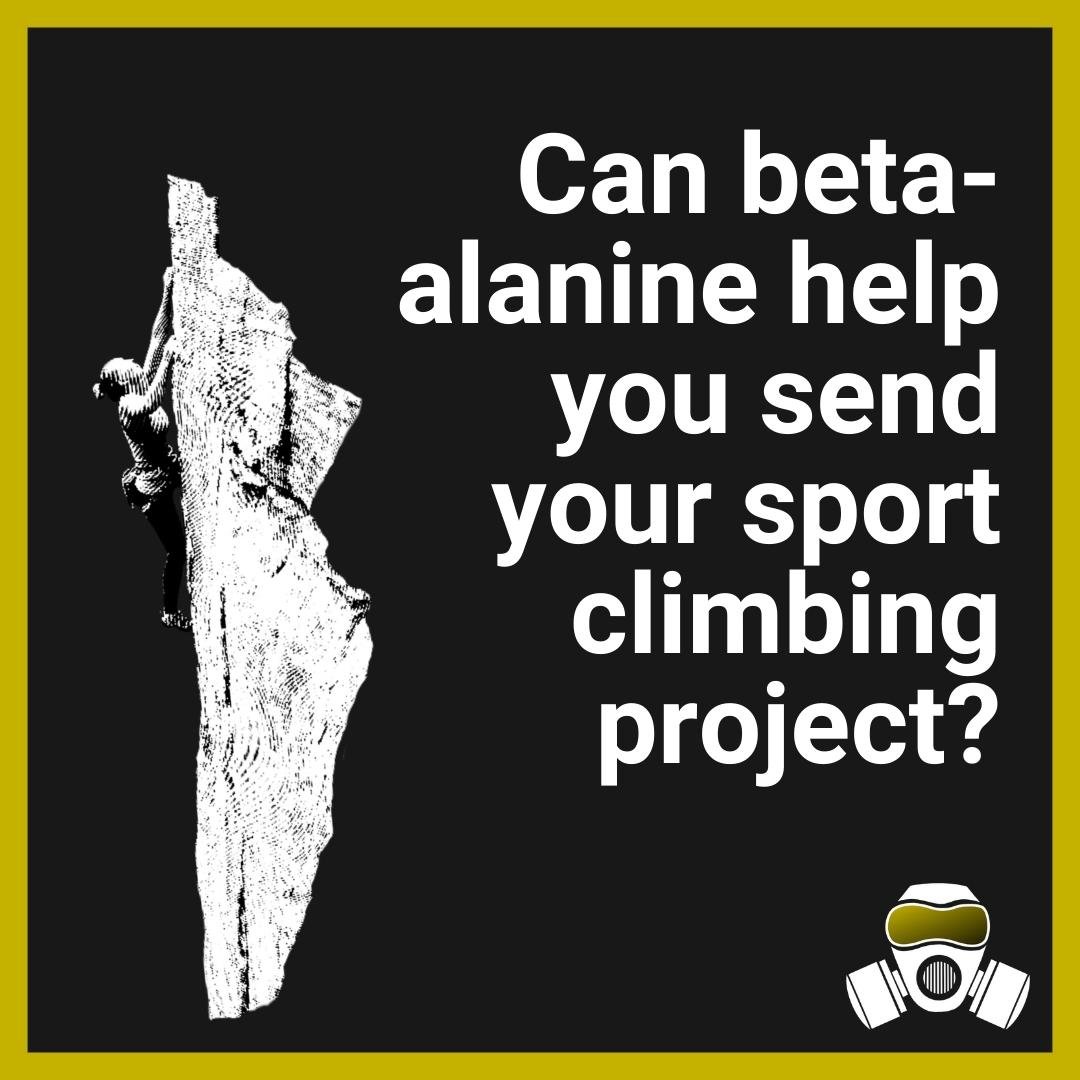
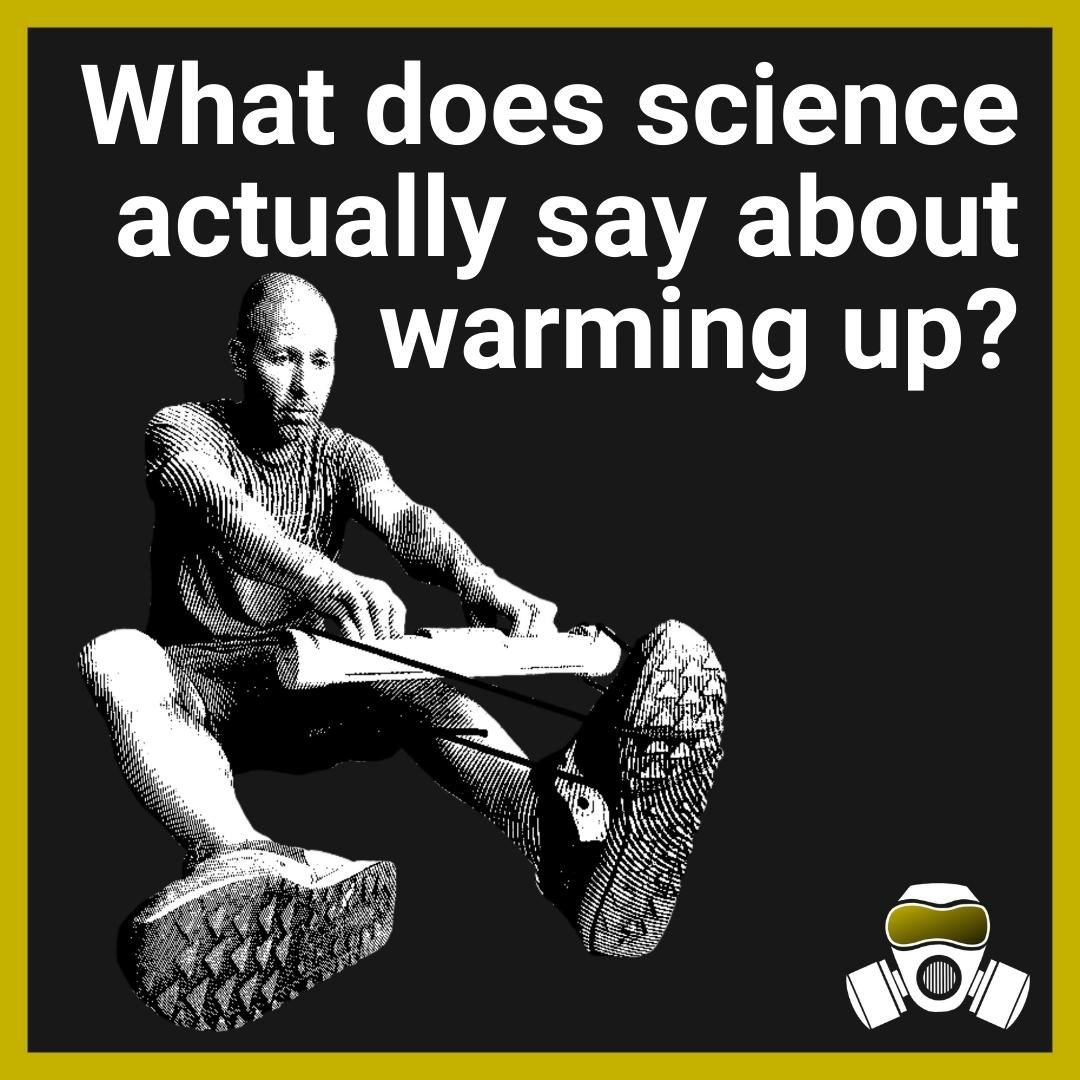

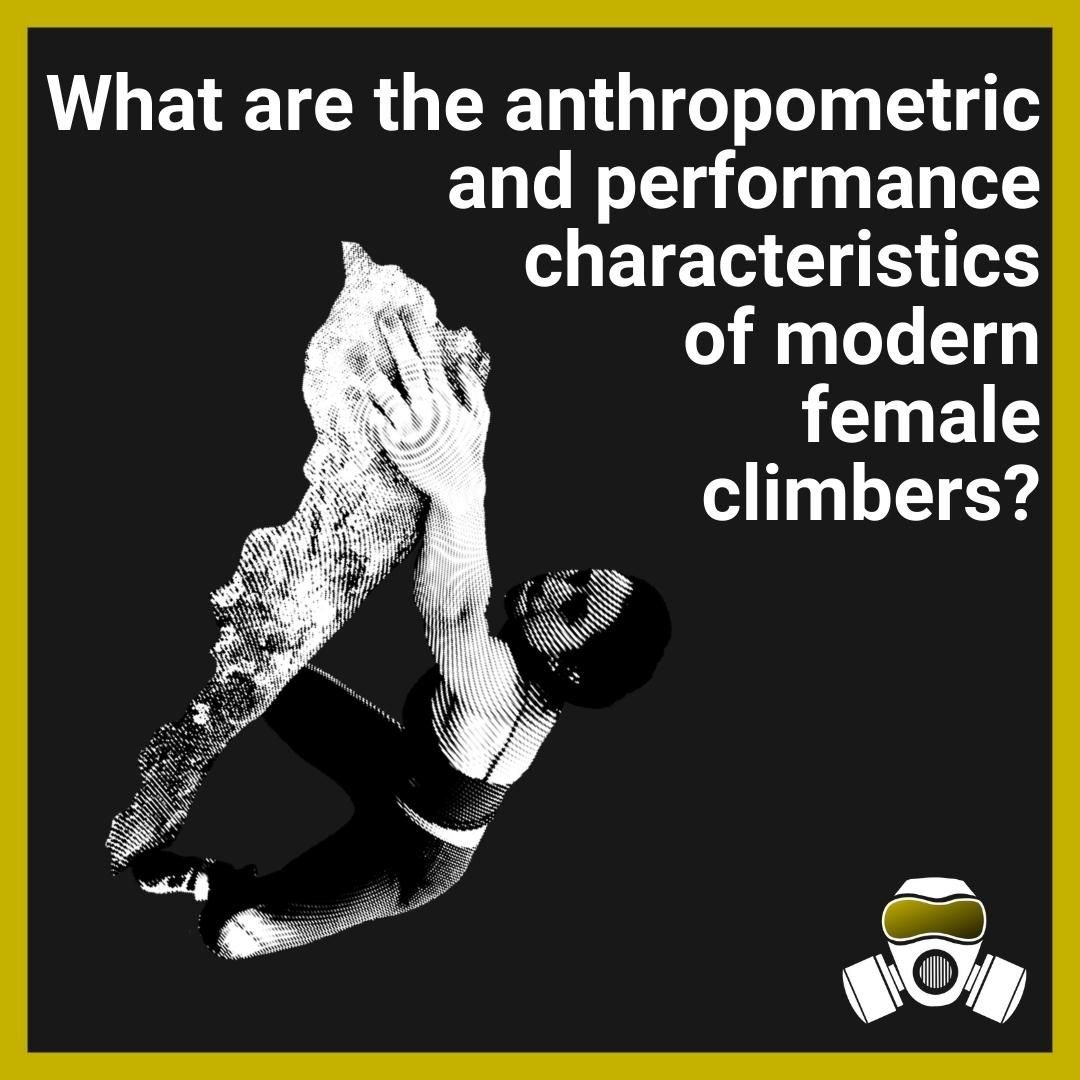
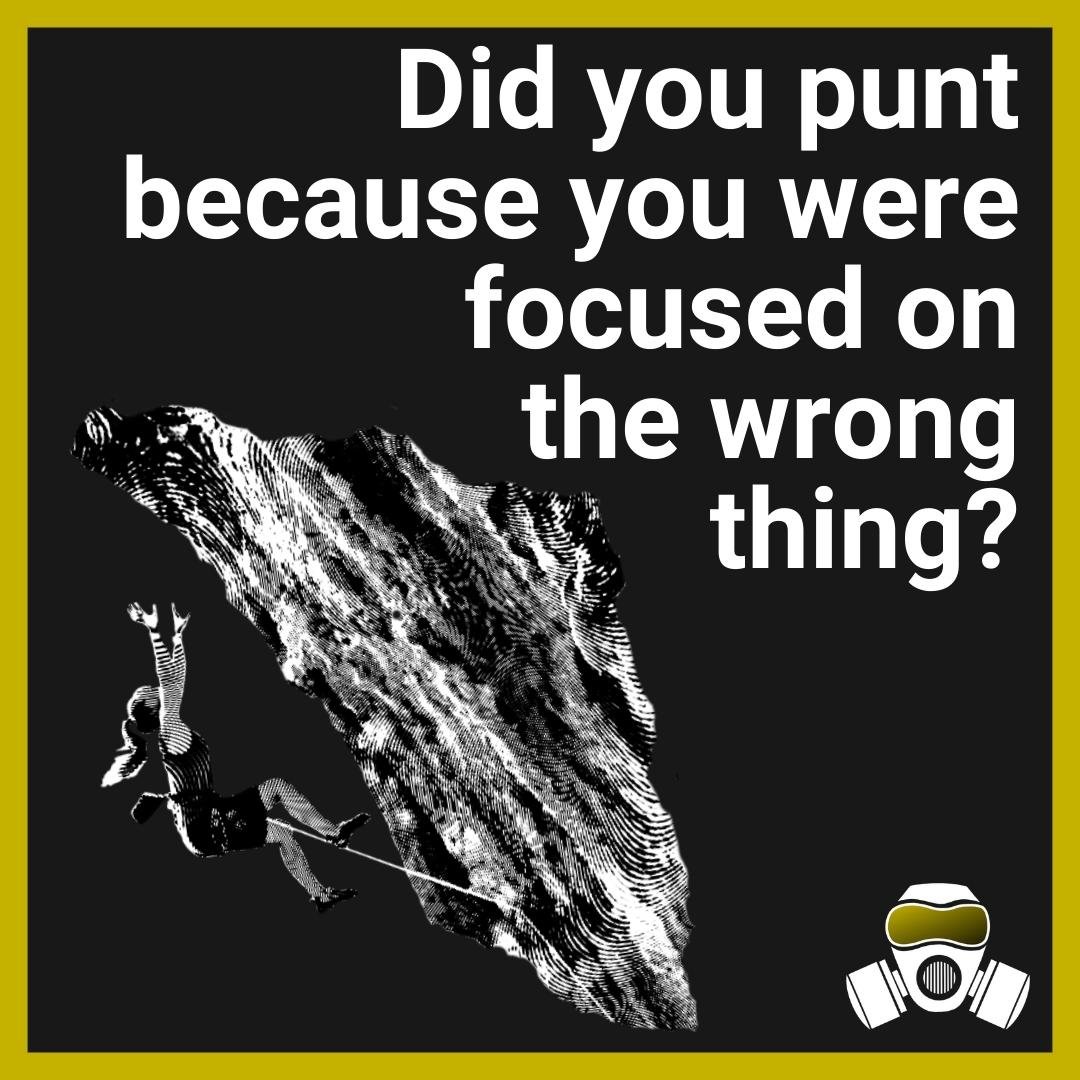
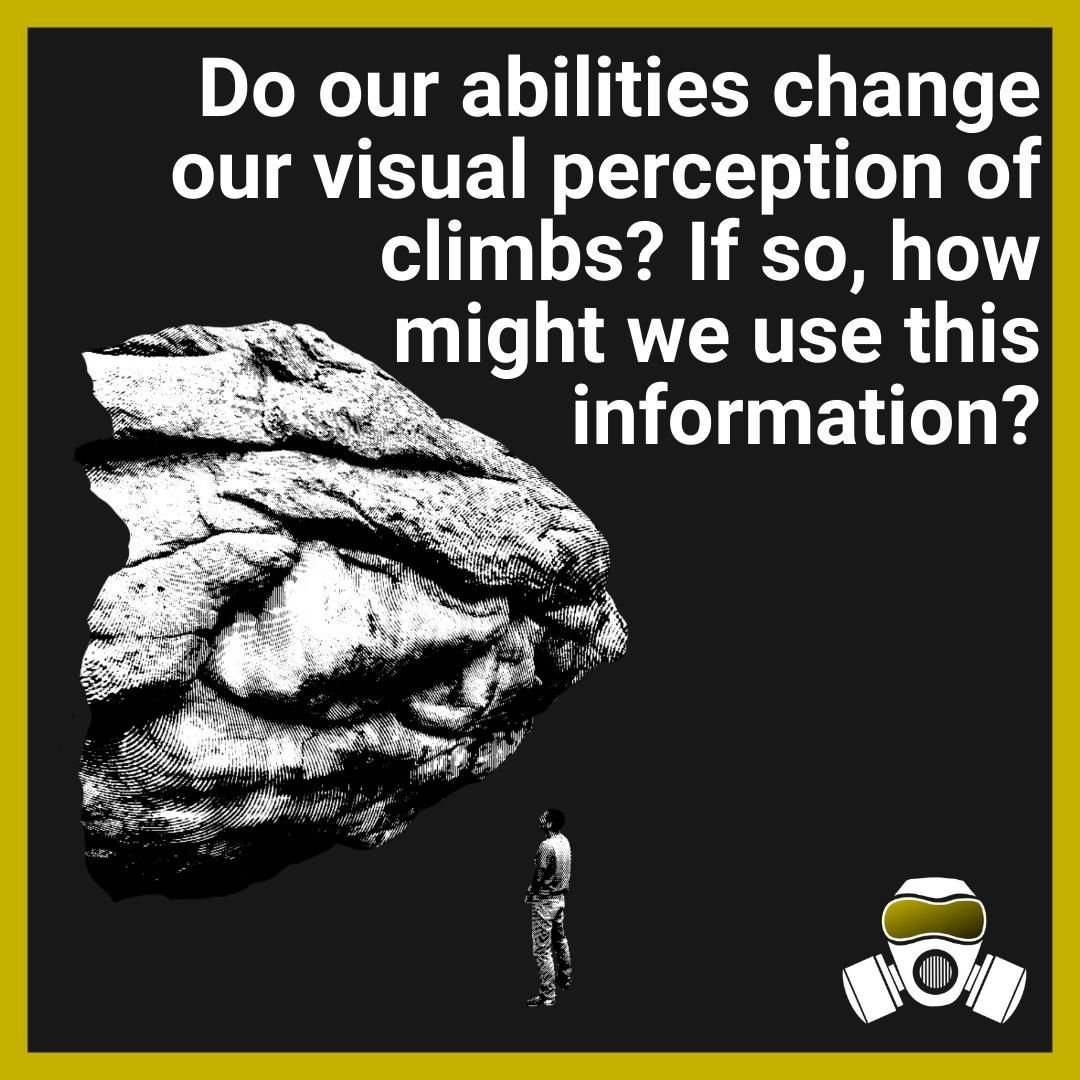
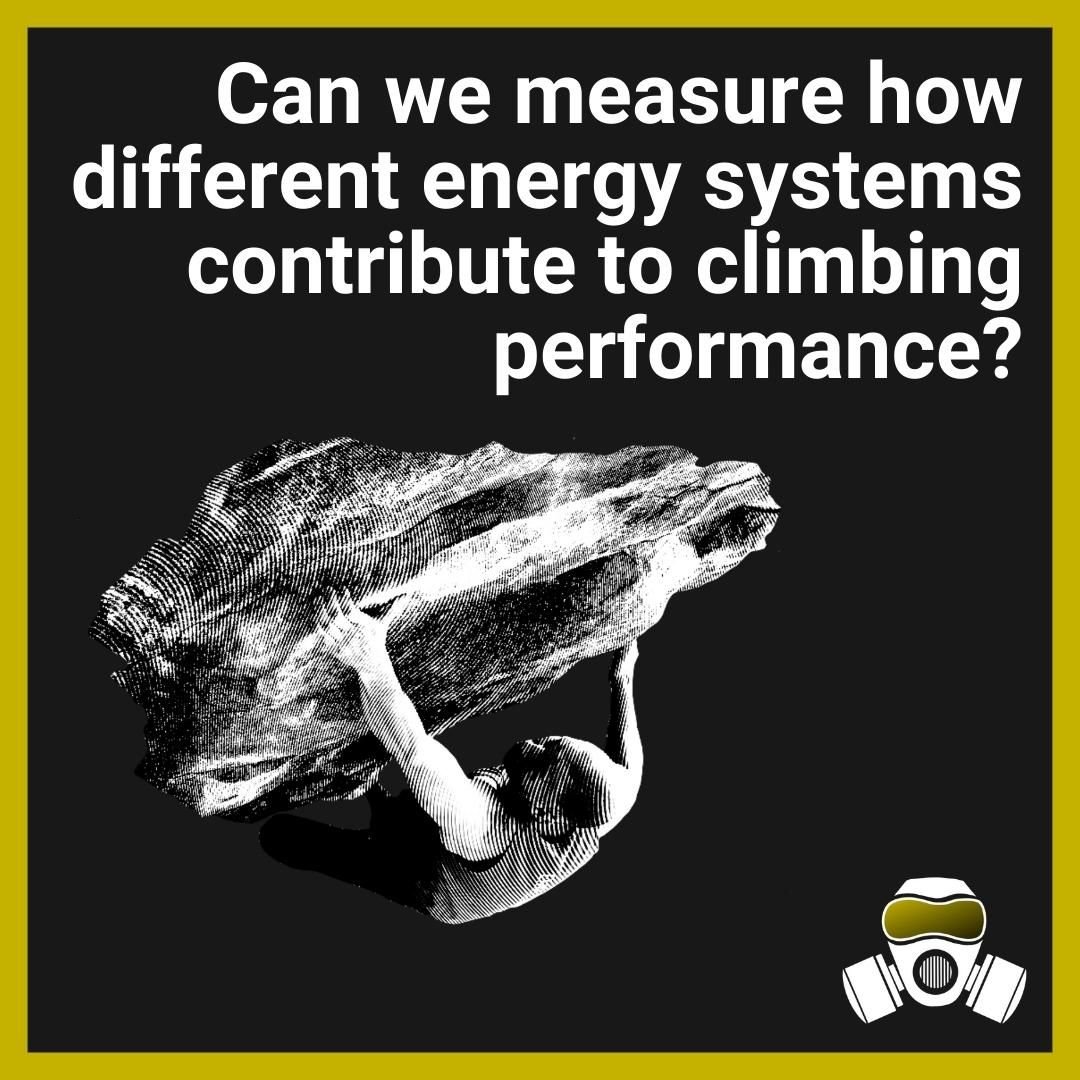
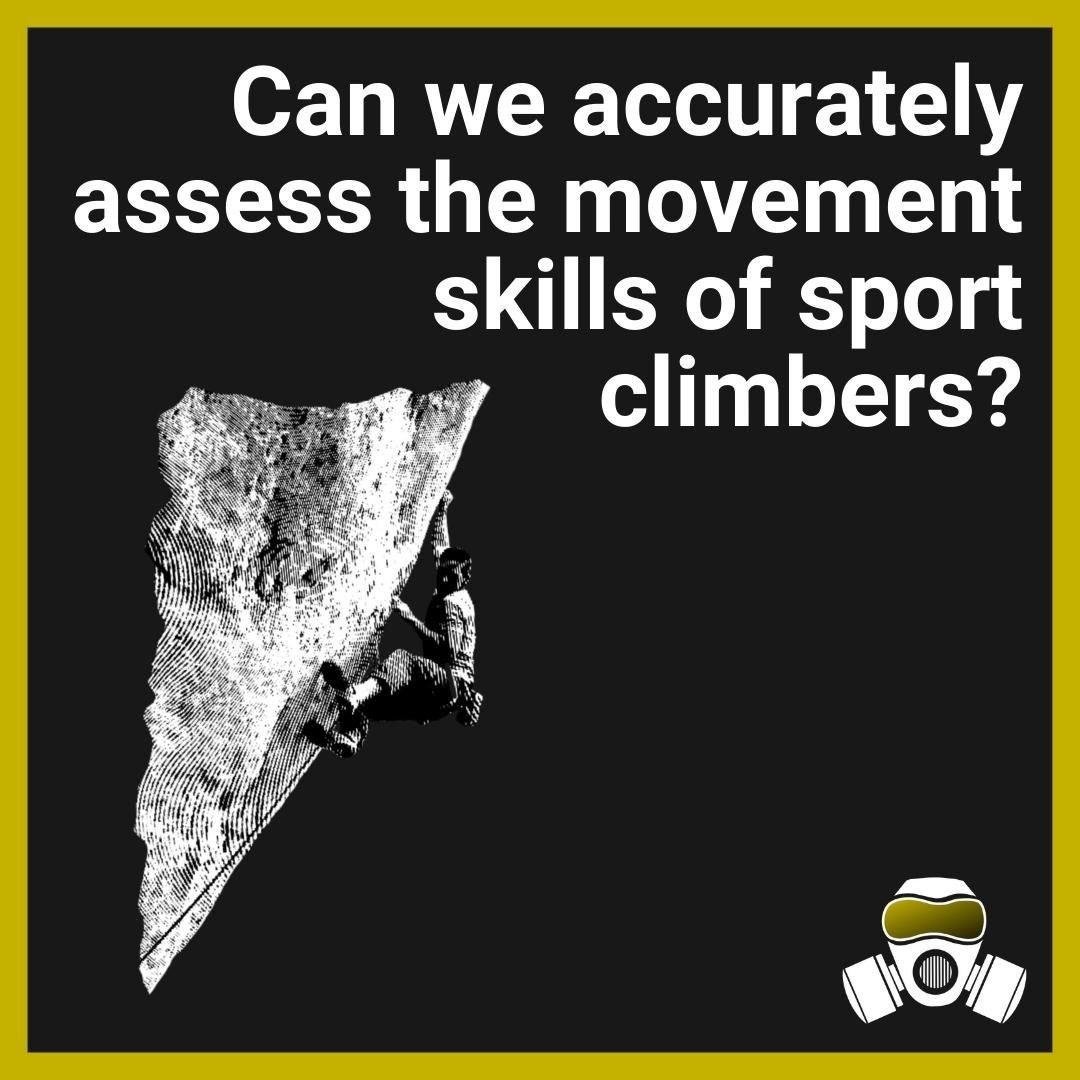
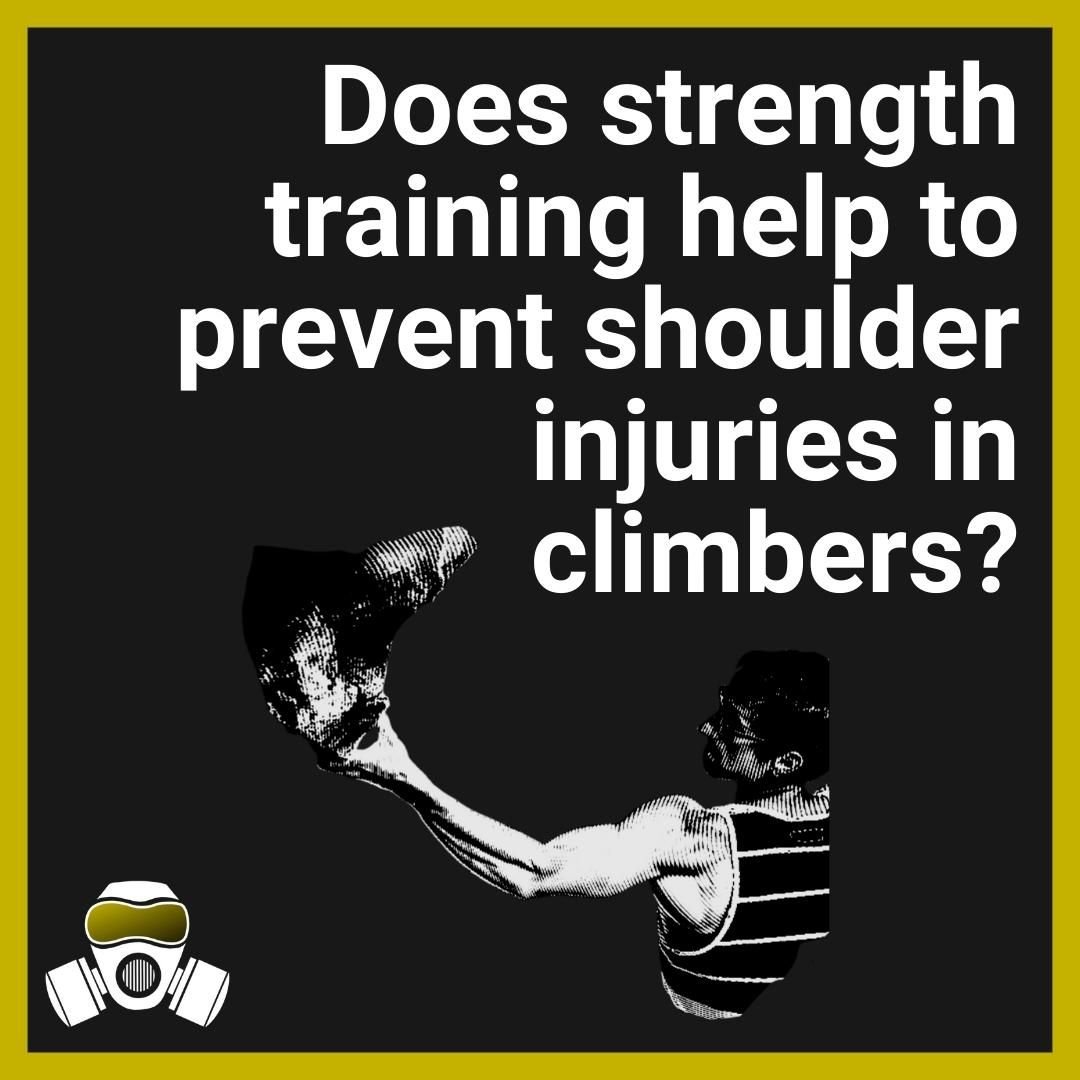






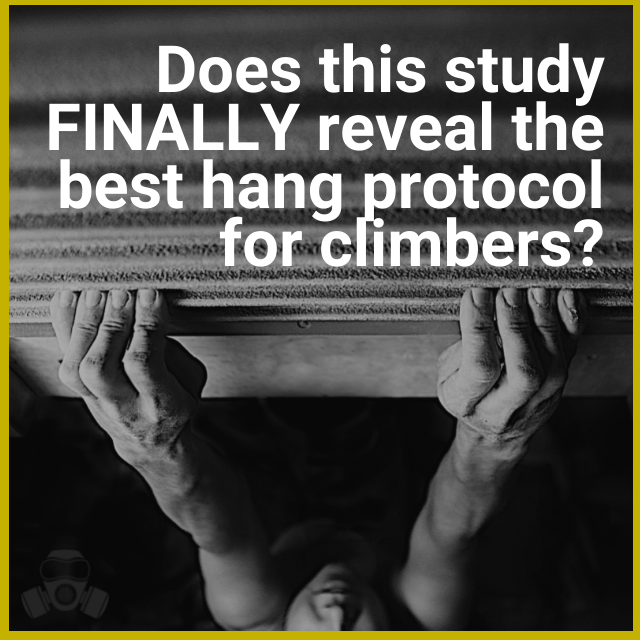


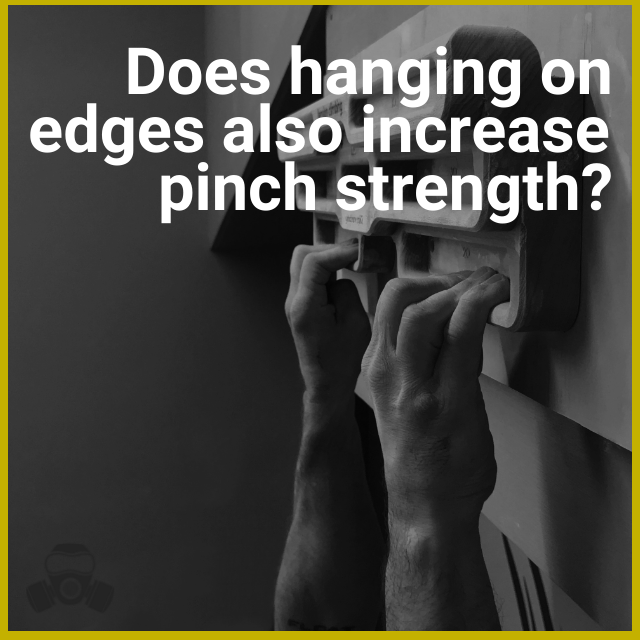
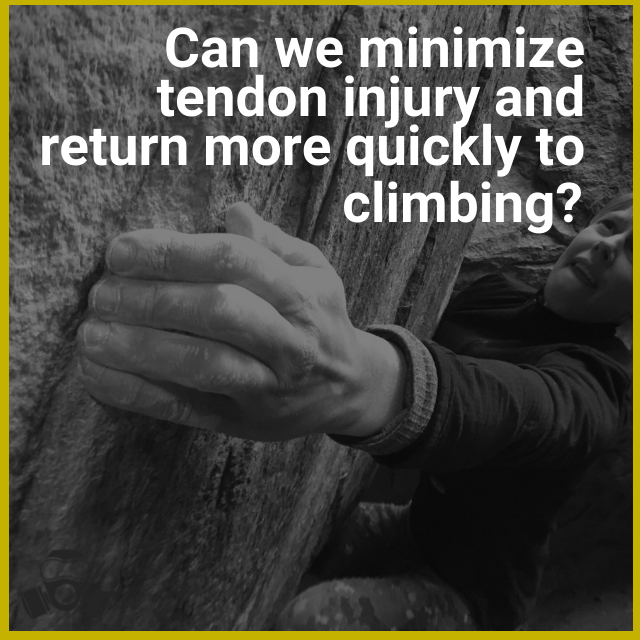
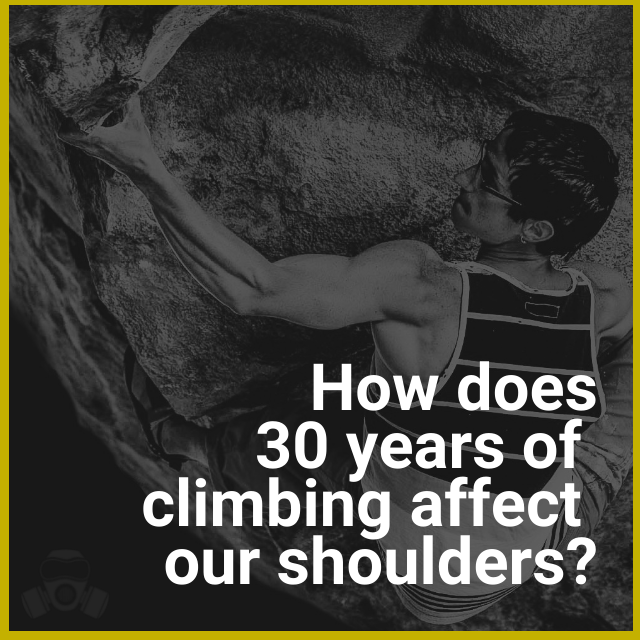
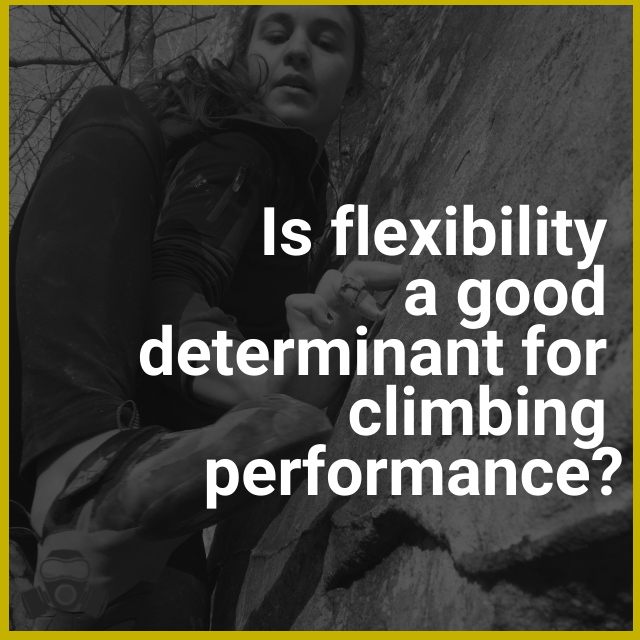
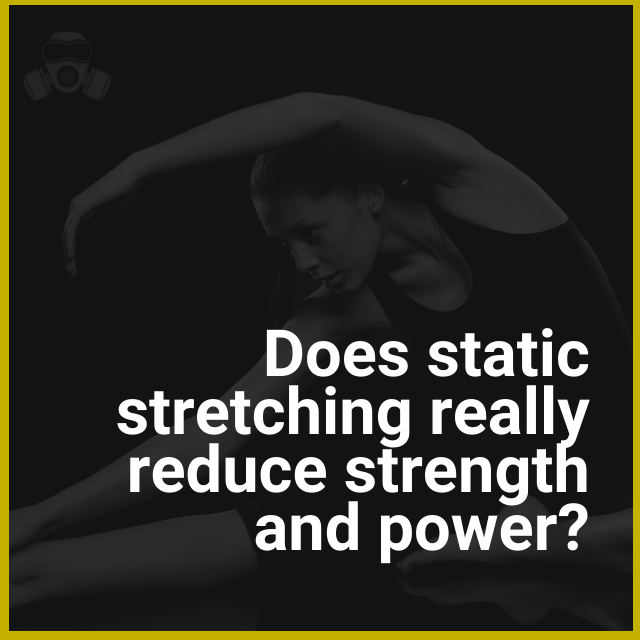



Kris and Paul dig into a paper that presents and then tests a method for measuring movement skills in sport climbing.